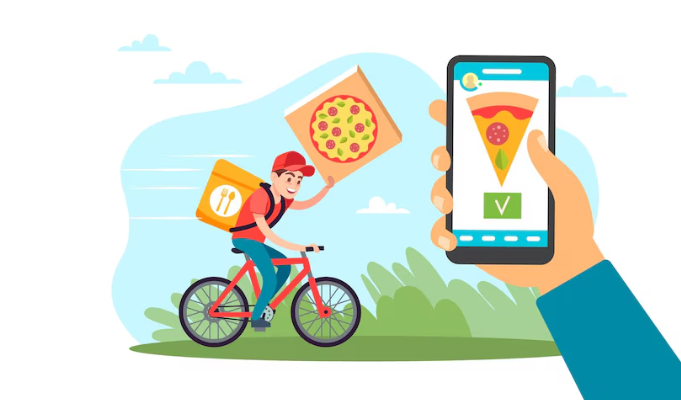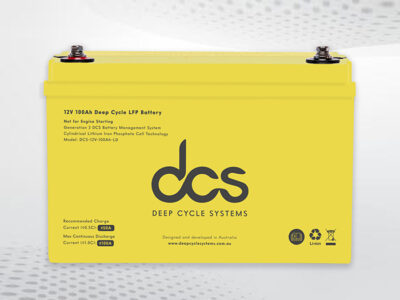
In recent years, the food delivery industry has seen significant growth, driven by the rise of various food delivery apps. These platforms, such as Uber Eats, DoorDash, Grubhub, and Postmates, have revolutionized how restaurants operate and reach customers. The advent of these apps has provided restaurants with numerous opportunities to boost their profits, despite some associated challenges. This article explores how restaurants can leverage food delivery apps to increase their profitability.
Expanded Customer Base
One of the primary ways food delivery apps help restaurants gain profit is by expanding their customer base. Traditionally, restaurants relied on foot traffic and local marketing to attract diners. However, food delivery apps offer a broader reach, allowing restaurants to tap into a much larger audience. By being listed on a popular delivery app, restaurants can attract customers who might not have discovered them otherwise. This increased visibility can lead to a higher volume of orders, translating into more revenue.
Increased Order Frequency
Food delivery apps often lead to increased order frequency. Many customers find the convenience of ordering food from their favorite restaurants without leaving their homes appealing. This convenience can result in repeat business, as satisfied customers are likely to order again. Additionally, delivery apps often implement loyalty programs and promotional offers that encourage repeat orders, further boosting the frequency of customer interactions and sales for restaurants.
Higher Average Order Value
Food delivery apps can also help restaurants increase their average order value. Customers ordering through delivery apps tend to spend more than those dining in. Several factors contribute to this trend:
- Convenience: Customers are willing to pay a premium for the convenience of having food delivered to their doorsteps.
- Add-Ons and Extras: Delivery apps often suggest add-ons and extras during the ordering process, encouraging customers to spend more. For example, customers might add drinks, desserts, or sides to their orders, increasing the total value.
- Bundling and Special Deals: Restaurants can offer special deals and bundles exclusively for delivery app users, enticing them to spend more.
Efficient Operations and Reduced Overheads
Operating a dine-in restaurant involves various overhead costs, including rent, utilities, and staffing. Food delivery apps allow restaurants to optimize their operations and reduce these overheads. For instance, restaurants can operate with a smaller dining area or even as a delivery-only kitchen, known as a “ghost kitchen.” This model significantly reduces costs associated with maintaining a physical dining space.
Additionally, food delivery apps provide valuable data and insights into customer preferences and order patterns. Restaurants can use this data to streamline their menus, manage inventory more efficiently, and reduce food waste. By optimizing their operations, restaurants can enhance their profit margins.
Access to Marketing and Promotions
Food delivery apps offer a range of marketing and promotional tools that can help restaurants attract more customers. These platforms often run targeted advertising campaigns, feature restaurants in their promotions, and provide opportunities for restaurants to participate in special events like “free delivery” days or “discount weeks.” These marketing efforts can significantly boost a restaurant’s visibility and order volume.
Moreover, delivery apps allow restaurants to showcase customer reviews and ratings. Positive reviews can enhance a restaurant’s reputation and attract more customers. Leveraging these marketing tools can drive traffic and increase sales, ultimately leading to higher profits.
Operational Flexibility
Food delivery apps provide restaurants with operational flexibility that can be particularly beneficial during off-peak hours. Traditionally, restaurants experience fluctuating demand throughout the day, with peak times during lunch and dinner and slower periods in between. Delivery apps help restaurants manage these fluctuations by generating orders during typically slow times. This balanced demand can lead to a more efficient use of resources and higher overall profitability.
Adapting to Market Trends
The restaurant industry is highly competitive, and staying relevant requires adapting to changing market trends. Food delivery apps enable restaurants to quickly and easily introduce new menu items, experiment with different cuisines, and cater to evolving customer preferences. By staying agile and responsive to market demands, restaurants can attract new customers and keep existing ones engaged, driving sustained profitability.
Partnership Opportunities
Many food delivery apps offer partnership opportunities that can benefit restaurants. These partnerships can take various forms, such as co-branded marketing campaigns, exclusive deals, and collaborations with other brands. By partnering with delivery apps, restaurants can access additional resources and promotional support, helping them reach a wider audience and increase sales.
Revenue Sharing and Commission Structures
While food delivery apps charge commissions on each order, many restaurants find that the benefits outweigh the costs. The commission structure varies by platform, but the increased sales volume and expanded customer base often offset the fees. Additionally, some delivery apps offer tiered commission structures, providing lower rates for restaurants that generate higher order volumes. By optimizing their use of these platforms and negotiating favorable terms, restaurants can maximize their profitability.
Enhanced Customer Convenience and Satisfaction
Finally, food delivery apps enhance customer convenience and satisfaction, which can lead to long-term loyalty and increased profits. The ability to order food from a favorite restaurant with just a few taps on a smartphone makes the dining experience more accessible and enjoyable. Satisfied customers are more likely to become repeat patrons and recommend the restaurant to others, contributing to sustained profitability.
Conclusion
In conclusion, food delivery apps offer numerous opportunities for restaurants to gain profit. By expanding their customer base, increasing order frequency and average order value, optimizing operations, leveraging marketing tools, and adapting to market trends, restaurants can significantly boost their profitability. While there are challenges associated with the commission structures and competition on these platforms, the benefits often outweigh the costs. As the food delivery industry continues to grow, restaurants that effectively utilize delivery apps will be well-positioned to thrive and achieve long-term success.











